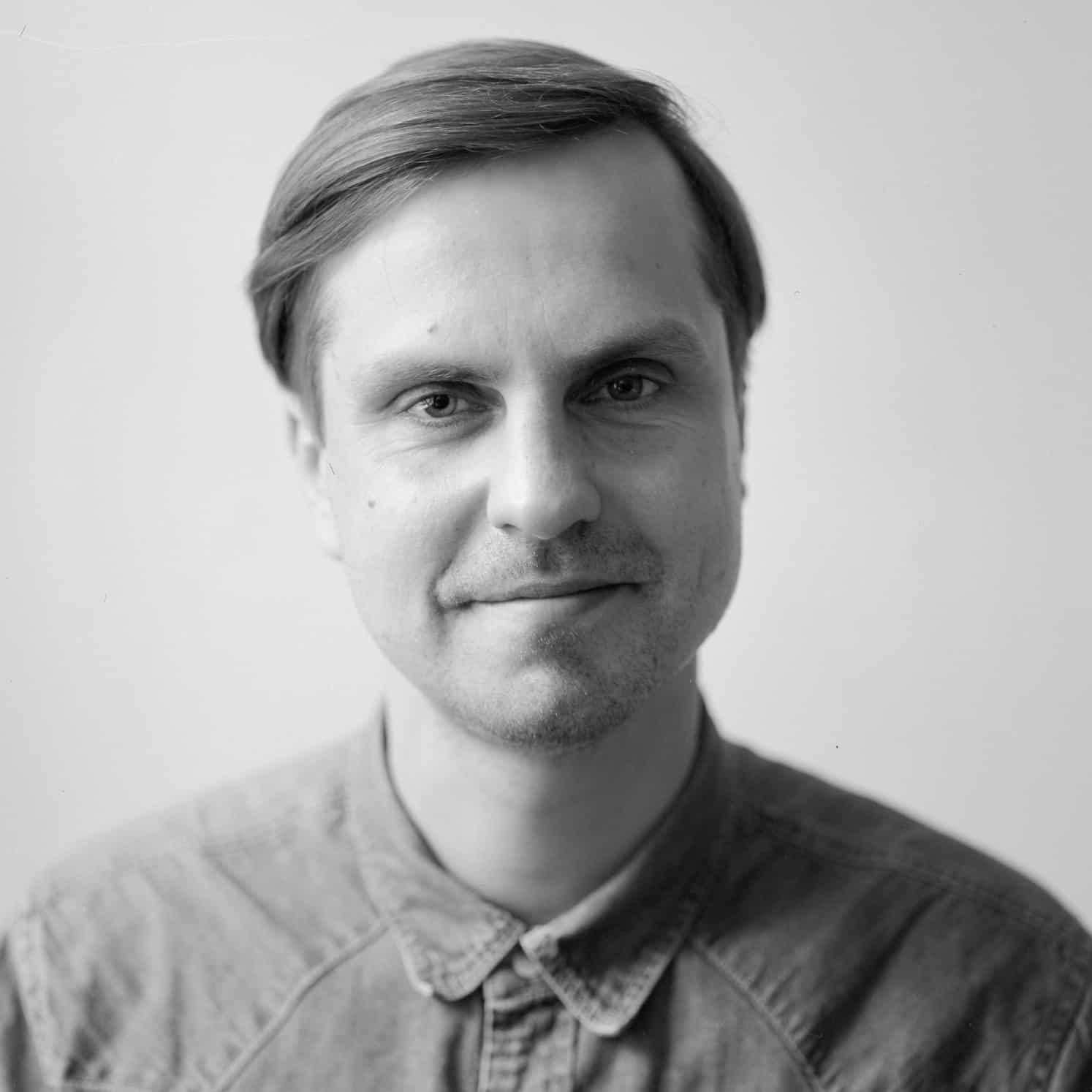
ARTŪRAS MOROZOVAS, PHOTOGRAPHER


ARTŪRAS MOROZOVAS, PHOTOGRAPHER
In 2014, a war broke out in Ukraine and I went there to interview and photograph both sides of the conflict – Ukrainian soldiers, as well as Luhansk and Donetsk separatists, and Russian soldiers. I remember facing a lot of rejection from colleagues when I said I wanted to go to separatist-controlled territories. I also saw how readers were annoyed by stories from the other side or problems within the Ukrainian army, as this was reflected in the comments under my articles and reactions on social media. The journalism community viewed this critically, with some thinking that it was not an appropriate time to cover the conflict due to the ongoing war and informational attacks. Some believed that instead of talking, we should fight the enemy, as the media field is also a battleground.
I’m not saying they are wrong. I think it’s a debatable question. I understand that it’s difficult to talk about and hard to listen to, and investigating it is not easy either. But I’m interested in trying to understand how someone who fights on the Russian side and shoots at a family running with their suitcases, grew up. I have photographed military conflicts and I know those bullets are not random. They are aimed precisely – at women, men, children. You can choose not to shoot, you can deliberately miss, you can drop bombs next to a building and not onto it, but you choose to do this – to kill. All those tortures, killings of civilians, what we saw in Bucha, Mariupol and elsewhere, is a creation of human consciousness, a tendency towards collective and individual sadism. Investigating this appears important to me.
Why does a huge part of society so easily succumb to manipulation and desire to kill their own people – people who look just like their parents and neighbors? If you want to understand the conflict, you need to see both sides – not to try to understand and justify the aggressor’s actions, but to notice the signs, phenomena that cultivate sadism and allow evil to prevail. It’s important to stand with the heroes, but in my opinion, it’s crucial to understand the reasons behind all of this. This will help us be more vigilant and better able to recognize evil, understand what nurtures and feeds it, and take action to prevent its spread.
I believe that the Lithuanian media is not capable of publicly discussing these topics. This year, I had agreed to visit Russian prisoners of war in Ukraine and try to reveal their characteristics through photography, but I didn’t receive the necessary support. In the end, I didn’t go. I feel that understanding the enemy is interesting to me and to a few of my friends, but the absolute majority of society avoids looking at the war in a complex way.
For the past ten years, Artūras Morozovas has been documenting and visually narrating events both in Lithuania and abroad. He explores sensitive social issues and bravely delves into controversial scenarios. In photography, Artūras carries on the humanistic values of the Lithuanian photography school, searching for answers to complex questions without judging, with curiosity and empathy. Lately, he can be spotted in remote Lithuanian villages, accompanied by fellow photographers, capturing the daily lives and routines of the locals.
Interview by Urtė Karaliūtė
Translation by Emilija Ferdmanaitė
Portrait by Tadas Kazakevičius